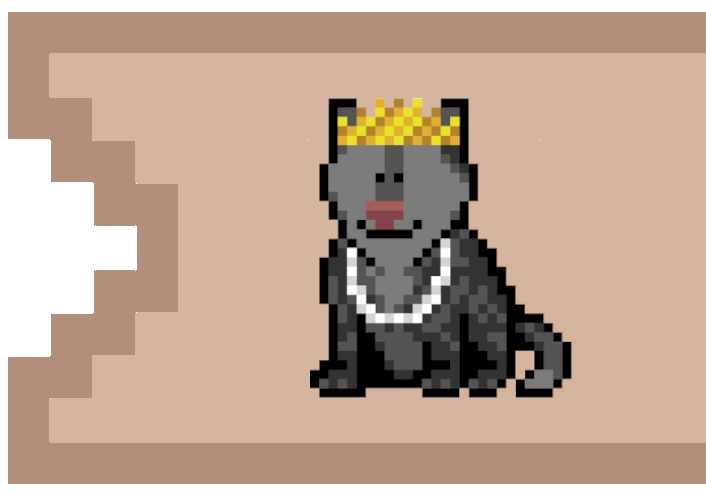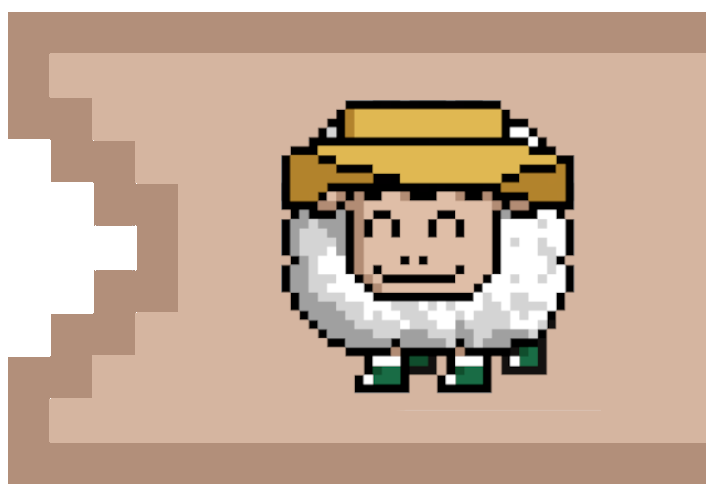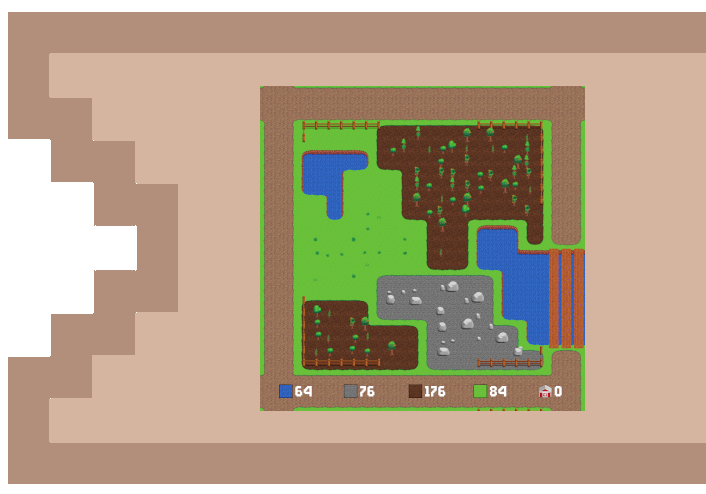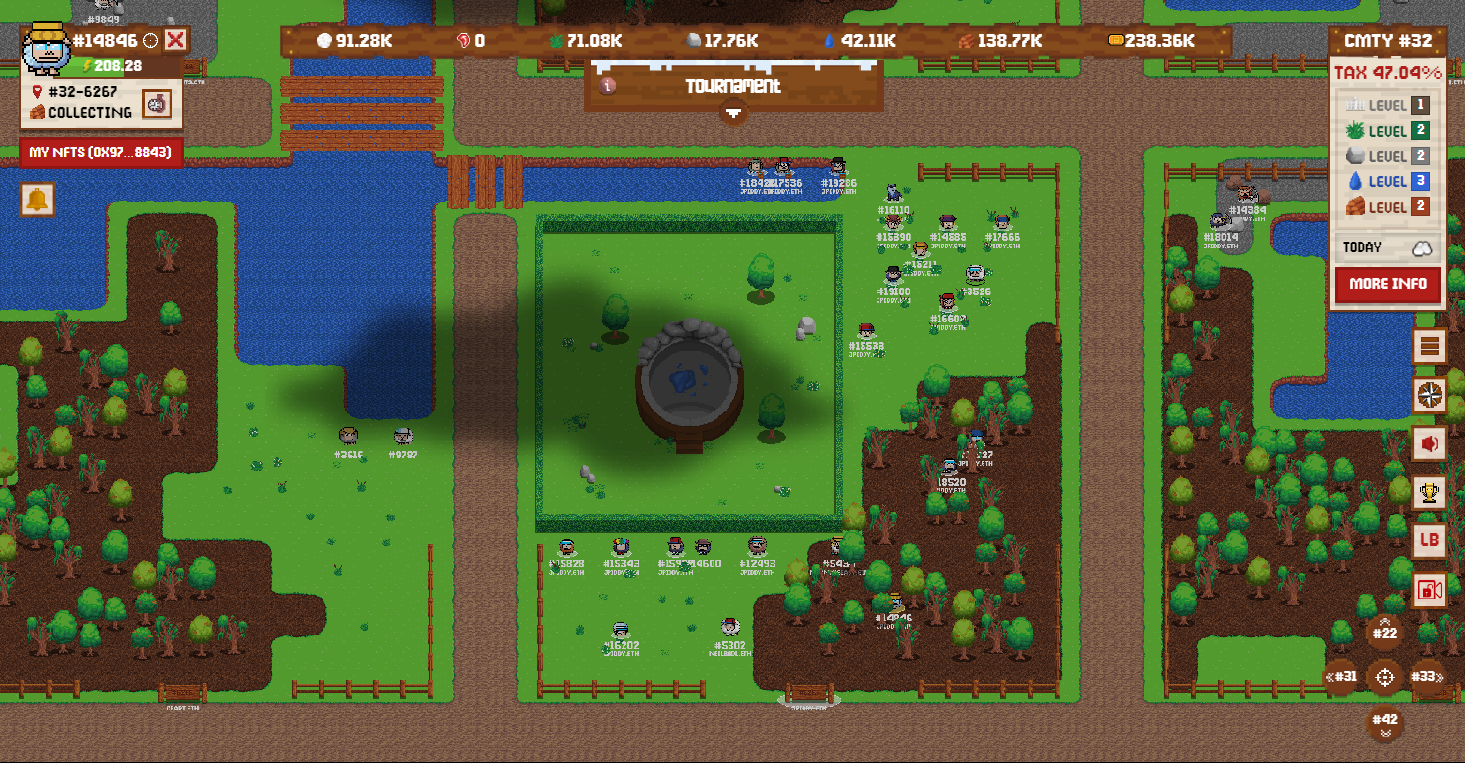




Quick Links:
The goal in Wolf Game is wool accumulation. Wool is power, used to grow economic dominance through breeding and gathering, governance, and more. The best way to accumulate wool is by playing the game and climbing the seasonal leaderboards by earning points.
There are many ways to earn points, and so there are many ways to play Wolf Game. Points are earned by spending your animal's energy in the game through breeding, stealing, gathering, looting, sabotaging, playing Peak Games, and more. Actions also give you various bonus multipliers, so not all energy spent will earn equal points. Read more about Points here.
Read more about PointsThe Leaderboard is broken up into Seasons with different themes and prize pools. Season 1 has a 100M Wool Leaderboard prize pool. At the end of a season, all the wool is distributed to everyone who earned points in the form of Wool Pouches. These pouches drip Wool over a fixed timeframe of 4 years. So if you win a 200k wool pouch, then 137 wool will unlock from that pouch each day for 4 years. You can claim your wool pouches by visiting the Wolf Game website, here. These pouches are also sellable to other players on Open Sea and Blur.
At the beginning of each new season, players start with 0 points. This ensures new players can enter the game without having a major disadvantage.
Peak Games are regularly scheduled skill based head to head minigames that can take anywhere from 5-15 minutes to play on average. There are three levels of risk at the Peak:
If you win the mini game, then you take 95% of the wagered wool. The remaining 5% is burned and/or used for ongoing community rewards. Both players earn the Leaderboard points, no matter who wins.
Playing Peak Games is the fastest way to climb the leaderboard, but you will need a lot of Peak Credits and an appetite for risk. Peak Credits can be created in-game from your animals' available energy, just click on the credits icon at the top of the in-game resource menu . You can also buy/sell them with wool on secondary market through a community tool: FeralFlips.com
Read about Peak Credits on our Wolf Strategy pageWolves are superior for a number of reasons:
Sheep are the workers of the farm. They are required for:
As you play the game, your animals will lose energy depending on how you use them. In order to recharge your animal, you will need to enter a Bathhouse or drink a Jug. To recharge, you need to walk your animal up to an available Bath or Jughouse and click on the structure. Jugs are more efficient than Bathhouses, but they also require more time to manage.
Read my detailed Twitter thread on Jugs and BathingThere are two types of land, structures and non-structures. Regular lands produce resources in the form of taxes from sheep that are gathering. Structured lands also produce some resources, but also give you the option to build a Den, Barn, or Bath using the different resources in the Wolf Game economy. You can use the structure for your own sheep/wolves, or rent them out to other players in exchange for Wool. To collect taxes and set your tax rate or wool fee, just click on your land while logged into the game. Remember though, taxes expire after 7 days!
Read more about Land selection and strategyThere are a variety of ways to use farmers in the game, here are just a few of the big ones:
Each farmer has 30 day cooldown that starts as soon as you use it. You can also rent out your farmers to other players and earn passive wool.
See a full breakdown of farmer actions and Farmers Market overview.Wolf Game is a dynamic economy with different resources, these resources can be used for in-game actions and will prove useful in forging your path of economic dominance and earning Wool.

The in-game AMM also allows you to trade Chops, Water, Stone, Wood, and Grass interchangeably, while community tools like Feral Flips (swap tool similar to Uniswap) allow you to trade Chops with Wool directly.
Gameplay is centered around the assets that you own. To start playing, just connect your wallet and click on the “My NFTs” button in the top left. From there, you can select any sheep, wolf, land, and list farmers for rent. If you’d like to use your farmer, first select the sheep or land that you want to add the action to, then add the farmer.

There are several winning strategies in Wolf Game, before you buy any NFTs it may be helpful to pick a strategy that fits your style. Here’s a few popular options below, along with their historical strengths/weaknesses. Keep in mind, the economy is always changing, and strategies that were effective yesterday, may not be effective tomorrow.
Some players don’t want to spend a lot of time managing sheep and wolves, so they buy land and structures to earn wool and resources. Adding farmers into the mix allows you to boost land taxes further. Taking this passive strategy, you’ll need to pay attention to at least 2 things:
The final part of land strategy involves concentrating your lands into a specific community if possible. Each land you own gives you the ability to control the community wide tax rate. So, owning more land in a single community gives you more control over your game direction.
Learn more about Land StrategyActive strategies are all about spending energy. There are several different ways to spend your animal’s energy in the game, and how you spend your energy will shape your velocity for advancing in the game.
Collecting and Looting
Sheep collect in the valley, and wolves typically loot the fattest sheep. These actions spend energy in small amounts each day, which means they produce small amounts of profit each day (as long as you’re playing the game optimally). These actions also require less risk, which offers less reward in return.
Breeding and Attacking
Breeding is the fastest way to spend your energy. It requires more risk, but offers greater reward. For example, collecting with your Gen 0 sheep means you’ll spend about 2 energy each day in the Valley, collecting on average 1 chop per day. However, breeding with that sheep means you’ll spend as high as 18 energy per day, and produce a lot more chops as well.
Breeding also comes with more strategic decisions like community and barn selection, farmer usage, when to pull your sheep, attack a barn, etc.
Learn about Breeding Sheep Learn about Barn Raiding with a WolfNow that you understand the basics, stay up to day with The Valley Report. In this periodic report, I will give updates on the economic conditions of the valley, identify current meta and trends, and help you navigate the game.
The Valley ReportAlso view the resources below for improved gameplay, tracking wool, great video tutorials, and more. 👇
The Wool Paper is a document provided by the Shepherd that explains all the mechanics of Wolf Game. This website is meant to complement his Wool Paper. It would be a good idea to read the Wool Paper first before you read a lot of the strategy provided on this website.
Also, if you want a quick introduction to what wolf game is, be sure to watch Tom's tutorial videos below 👇
Tom's Metaverse creates content specficially designed for onboarding new players into the game. You can learn things like: how to connect your wallet, where to buy assets, how to gather/breed, how to play peak, and much more.
Follow Tom on Twitter: @TomsMetaverse for tons of great content.
The goal of the farm is to earn more wool. I like to view my farm as a small business, and that means I care about profitability. The tool below enables you to track all your income and expenses in the game, and produces reporting so you can stay on top of your business.
Download The Wool TrackerWatch my tutorial below 👇
The goal of @wolfdotgame is to earn $wool. If you're not running a profitable business, it's better to just hold the $wool. This tool will help you track spending easily, and give you a breakdown of revenue and costs. Download the file here and watch the tutorial!… pic.twitter.com/GJFteVDlFL
— Piddy ($15 WOOL by 2025) (@NFTdomini) August 9, 2023
This twitter thread will set you up for successful breeding and has relatively low entry cost at this point in time. If you wanted to add more pieces to this starter pack, I believe a breeder can't have too many Farmers to use for protection.
I'm putting together starter packs for new people wanting to learn basic @wolfdotgame strategy. I'll be creating several other packs that include land and wolves as well. But let's start with the basics. The benefits of this pack are endless. Here are some of the highlights: pic.twitter.com/ZMLkiAiVff
— Piddy ($15 WOOL by 2025) (@NFTdomini) April 12, 2023
In this thread I cover everything about breeding. This will help you start with a solid framework, but every breeder and community is different, so you'll need to adapt and evolve your own playing style.
A strategic guide for @wolfdotgame breeding...
— Piddy ($15 WOOL by 2025) (@NFTdomini) May 5, 2023
In this thread I cover:
- barn selection
- cost analysis
- farmer protection strategy
- farmer selection strategy
- max energy ramifications
- timelines and more pic.twitter.com/LBTSd9DWW9
WOOL donations are appreciated! JPIDDY.ETH